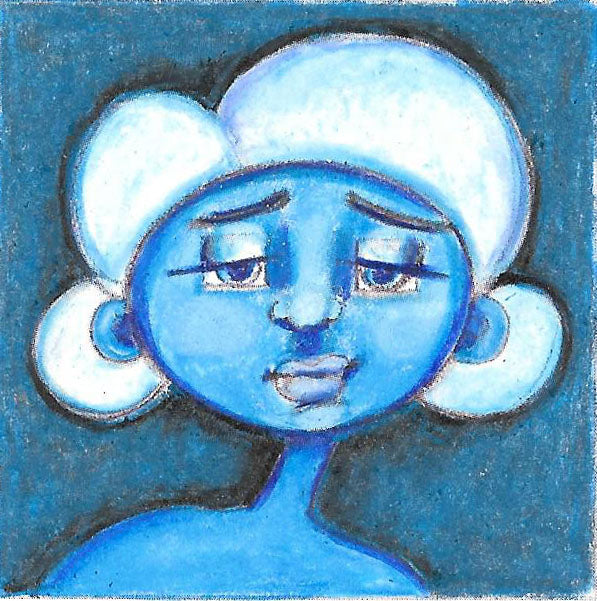On Orders $49+
On Orders $49+

Artists use the color wheel to help them mix colors. But the color wheel can do more! In addition to mixing colors, the color wheel can help you develop a color scheme for your artwork. Several well-defined color schemes exist based on the position colors occupy on the wheel.

Each scheme has an infinite number of variations. Use one of these schemes to select colors that work well together and convey the mood or effect you want. The amount of contrast which exists between the various colors affects the mood of the work. Artwork with low contrast imparts a quiet feeling; high contrast gives more drama and excitement to a piece.
After you’ve chosen a color scheme, select one color from the scheme to take center stage in the artwork. Then use the other colors in supporting roles. Or, subdue the other colors by choosing a less saturated or less bright version of the color.
The monochromatic color scheme uses only one color from the color wheel. Using one color automatically creates unity and harmony in an artwork. However, a monochromatic scheme is not usually recommended if you are trying to convey energy and excitement.
Interest in a monochromatic scheme is created by using tints, tones, and shades of the color. A tint is a color mixed with white. A tint is a lighter version of the color, often called a pastel color. A shade is a color mixed with black. Shades are obviously darker than the basic color. Adding some of the color opposite on the color wheel is another way to darken a color. A tone is a color mixed with both white and black, or with gray.

The analogous color scheme is created using 3 or more colors next to each other on the color wheel. Analogous colors work well together in an easy manner and can be used to create a softer design. Choose all 3 colors with either a warm or cool cast for best results.

The complementary color scheme consists of 2 colors that are opposite on the color wheel. These include red and green, blue and orange, and purple and yellow. Employ a complementary scheme when the subject matter is vibrant and energetic.

The triadic color scheme uses 3 colors that are evenly spaced around the color wheel. Some examples of this color scheme include red, blue and yellow; red-violet, blue-green, and yellow-orange; as well as orange, green and purple.

This color scheme consists of 2 pairs of complementary colors. These include red, green, orange, and blue as well as purple, yellow, orange, and blue.

The split complementary scheme employs one color plus the 2 colors on either side of that color’s complement. These include blue, yellow-orange and red-orange as well as violet, green-yellow, and orange-yellow.

The square color scheme is similar to the rectangle, but with all four colors spaced evenly around the color wheel. Some examples include yellow-green, orange, red-violet, and blue.

Put color schemes to work in this mini-project featuring whimsical girls. Each pencil drawing captures a different facial expression. As you color, select one of the color schemes above that reflects the expression to create these fun mood magnets.

Supplies
Mini canvas boards 2” x 2”
Colored pencils
Smooth, heavy paper of your choice
Glue or gel medium
Dimensional Mod Podge
Self-adhesive magnets
Faces illustrations
Directions
Copy the faces on to your choice of heavy, smooth paper. Using the color wheel, select a color scheme for each face. Determine which color from the scheme will be your dominant color and which color(s) will serve as accents on the work. Color each face using colored pencils. Layer pure colors with white and black to achieve less saturated versions of the color.












Color Wheel Bonus - Gel Medium Image Transfer
Leave a comment